HSBC 2005 Annual Report Download - page 252
Download and view the complete annual report
Please find page 252 of the 2005 HSBC annual report below. You can navigate through the pages in the report by either clicking on the pages listed below, or by using the keyword search tool below to find specific information within the annual report.-
 1
1 -
 2
2 -
 3
3 -
 4
4 -
 5
5 -
 6
6 -
 7
7 -
 8
8 -
 9
9 -
 10
10 -
 11
11 -
 12
12 -
 13
13 -
 14
14 -
 15
15 -
 16
16 -
 17
17 -
 18
18 -
 19
19 -
 20
20 -
 21
21 -
 22
22 -
 23
23 -
 24
24 -
 25
25 -
 26
26 -
 27
27 -
 28
28 -
 29
29 -
 30
30 -
 31
31 -
 32
32 -
 33
33 -
 34
34 -
 35
35 -
 36
36 -
 37
37 -
 38
38 -
 39
39 -
 40
40 -
 41
41 -
 42
42 -
 43
43 -
 44
44 -
 45
45 -
 46
46 -
 47
47 -
 48
48 -
 49
49 -
 50
50 -
 51
51 -
 52
52 -
 53
53 -
 54
54 -
 55
55 -
 56
56 -
 57
57 -
 58
58 -
 59
59 -
 60
60 -
 61
61 -
 62
62 -
 63
63 -
 64
64 -
 65
65 -
 66
66 -
 67
67 -
 68
68 -
 69
69 -
 70
70 -
 71
71 -
 72
72 -
 73
73 -
 74
74 -
 75
75 -
 76
76 -
 77
77 -
 78
78 -
 79
79 -
 80
80 -
 81
81 -
 82
82 -
 83
83 -
 84
84 -
 85
85 -
 86
86 -
 87
87 -
 88
88 -
 89
89 -
 90
90 -
 91
91 -
 92
92 -
 93
93 -
 94
94 -
 95
95 -
 96
96 -
 97
97 -
 98
98 -
 99
99 -
 100
100 -
 101
101 -
 102
102 -
 103
103 -
 104
104 -
 105
105 -
 106
106 -
 107
107 -
 108
108 -
 109
109 -
 110
110 -
 111
111 -
 112
112 -
 113
113 -
 114
114 -
 115
115 -
 116
116 -
 117
117 -
 118
118 -
 119
119 -
 120
120 -
 121
121 -
 122
122 -
 123
123 -
 124
124 -
 125
125 -
 126
126 -
 127
127 -
 128
128 -
 129
129 -
 130
130 -
 131
131 -
 132
132 -
 133
133 -
 134
134 -
 135
135 -
 136
136 -
 137
137 -
 138
138 -
 139
139 -
 140
140 -
 141
141 -
 142
142 -
 143
143 -
 144
144 -
 145
145 -
 146
146 -
 147
147 -
 148
148 -
 149
149 -
 150
150 -
 151
151 -
 152
152 -
 153
153 -
 154
154 -
 155
155 -
 156
156 -
 157
157 -
 158
158 -
 159
159 -
 160
160 -
 161
161 -
 162
162 -
 163
163 -
 164
164 -
 165
165 -
 166
166 -
 167
167 -
 168
168 -
 169
169 -
 170
170 -
 171
171 -
 172
172 -
 173
173 -
 174
174 -
 175
175 -
 176
176 -
 177
177 -
 178
178 -
 179
179 -
 180
180 -
 181
181 -
 182
182 -
 183
183 -
 184
184 -
 185
185 -
 186
186 -
 187
187 -
 188
188 -
 189
189 -
 190
190 -
 191
191 -
 192
192 -
 193
193 -
 194
194 -
 195
195 -
 196
196 -
 197
197 -
 198
198 -
 199
199 -
 200
200 -
 201
201 -
 202
202 -
 203
203 -
 204
204 -
 205
205 -
 206
206 -
 207
207 -
 208
208 -
 209
209 -
 210
210 -
 211
211 -
 212
212 -
 213
213 -
 214
214 -
 215
215 -
 216
216 -
 217
217 -
 218
218 -
 219
219 -
 220
220 -
 221
221 -
 222
222 -
 223
223 -
 224
224 -
 225
225 -
 226
226 -
 227
227 -
 228
228 -
 229
229 -
 230
230 -
 231
231 -
 232
232 -
 233
233 -
 234
234 -
 235
235 -
 236
236 -
 237
237 -
 238
238 -
 239
239 -
 240
240 -
 241
241 -
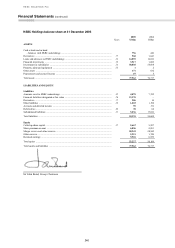 242
242 -
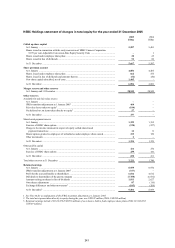 243
243 -
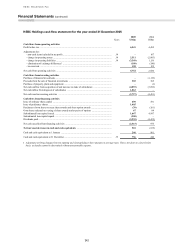 244
244 -
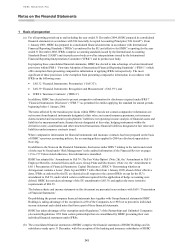 245
245 -
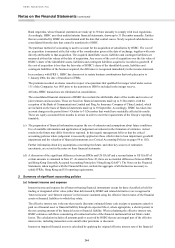 246
246 -
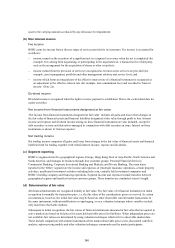 247
247 -
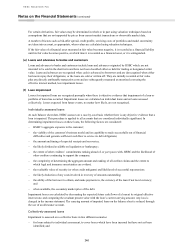 248
248 -
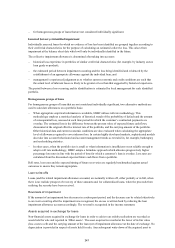 249
249 -
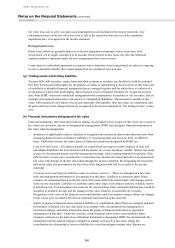 250
250 -
 251
251 -
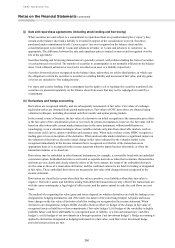 252
252 -
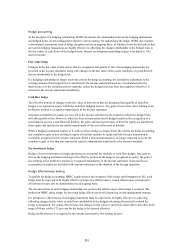 253
253 -
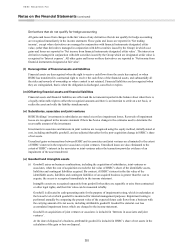 254
254 -
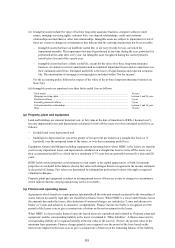 255
255 -
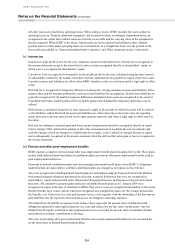 256
256 -
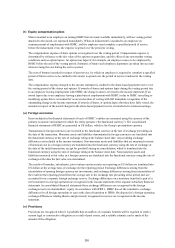 257
257 -
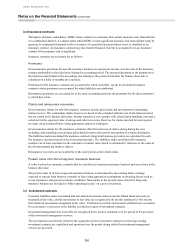 258
258 -
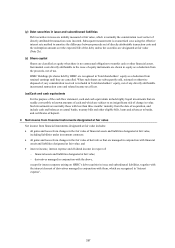 259
259 -
 260
260 -
 261
261 -
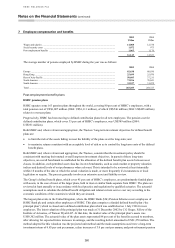 262
262 -
 263
263 -
 264
264 -
 265
265 -
 266
266 -
 267
267 -
 268
268 -
 269
269 -
 270
270 -
 271
271 -
 272
272 -
 273
273 -
 274
274 -
 275
275 -
 276
276 -
 277
277 -
 278
278 -
 279
279 -
 280
280 -
 281
281 -
 282
282 -
 283
283 -
 284
284 -
 285
285 -
 286
286 -
 287
287 -
 288
288 -
 289
289 -
 290
290 -
 291
291 -
 292
292 -
 293
293 -
 294
294 -
 295
295 -
 296
296 -
 297
297 -
 298
298 -
 299
299 -
 300
300 -
 301
301 -
 302
302 -
 303
303 -
 304
304 -
 305
305 -
 306
306 -
 307
307 -
 308
308 -
 309
309 -
 310
310 -
 311
311 -
 312
312 -
 313
313 -
 314
314 -
 315
315 -
 316
316 -
 317
317 -
 318
318 -
 319
319 -
 320
320 -
 321
321 -
 322
322 -
 323
323 -
 324
324 -
 325
325 -
 326
326 -
 327
327 -
 328
328 -
 329
329 -
 330
330 -
 331
331 -
 332
332 -
 333
333 -
 334
334 -
 335
335 -
 336
336 -
 337
337 -
 338
338 -
 339
339 -
 340
340 -
 341
341 -
 342
342 -
 343
343 -
 344
344 -
 345
345 -
 346
346 -
 347
347 -
 348
348 -
 349
349 -
 350
350 -
 351
351 -
 352
352 -
 353
353 -
 354
354 -
 355
355 -
 356
356 -
 357
357 -
 358
358 -
 359
359 -
 360
360 -
 361
361 -
 362
362 -
 363
363 -
 364
364 -
 365
365 -
 366
366 -
 367
367 -
 368
368 -
 369
369 -
 370
370 -
 371
371 -
 372
372 -
 373
373 -
 374
374 -
 375
375 -
 376
376 -
 377
377 -
 378
378 -
 379
379 -
 380
380 -
 381
381 -
 382
382 -
 383
383 -
 384
384 -
 385
385 -
 386
386 -
 387
387 -
 388
388 -
 389
389 -
 390
390 -
 391
391 -
 392
392 -
 393
393 -
 394
394 -
 395
395 -
 396
396 -
 397
397 -
 398
398 -
 399
399 -
 400
400 -
 401
401 -
 402
402 -
 403
403 -
 404
404 -
 405
405 -
 406
406 -
 407
407 -
 408
408 -
 409
409 -
 410
410 -
 411
411 -
 412
412 -
 413
413 -
 414
414 -
 415
415 -
 416
416 -
 417
417 -
 418
418 -
 419
419 -
 420
420 -
 421
421 -
 422
422 -
 423
423 -
 424
424
 |
 |

HSBC HOLDINGS PLC
Notes on the Financial Statements (continued)
250
(j) Sale and repurchase agreements (including stock lending and borrowing)
When securities are sold subject to a commitment to repurchase them at a predetermined price (‘repos’), they
remain on the balance sheet and a liability is recorded in respect of the consideration received. Securities
purchased under commitments to sell (‘reverse repos’) are not recognised on the balance sheet and the
consideration paid is recorded in ‘Loans and advances to banks’ or ‘Loans and advances to customers’ as
appropriate. The difference between the sale and repurchase price is treated as interest and recognised over the
life of the agreement.
Securities lending and borrowing transactions are generally secured, with collateral taking the form of securities
or cash advanced or received. The transfer of securities to counterparties is not normally reflected on the balance
sheet. Cash collateral advanced or received is recorded as an asset or a liability respectively.
Securities borrowed are not recognised on the balance sheet, unless they are sold to third parties, in which case
the obligation to return the securities is recorded as a trading liability and measured at fair value, and any gains
or losses are included in ‘Net trading income’.
For repos and security lending, if the counterparty has the right to sell or repledge the securities transferred, the
securities are presented separately on the balance sheet from assets that may not be repledged or resold by a
counterparty.
(k) Derivatives and hedge accounting
Derivatives are recognised initially, and are subsequently remeasured, at fair value. Fair values of exchange-
traded derivatives are obtained from quoted market prices. Fair values of OTC derivatives are obtained using
valuation techniques, including discounted cash flow models and option pricing models.
In the normal course of business, the fair value of a derivative on initial recognition is the transaction price (that
is the fair value of the consideration given or received). In certain circumstances, however, the fair value will be
based on other observable current market transactions in the same instrument, without modification or
repackaging, or on a valuation technique whose variables include only data from observable markets, such as
interest rate yield curves, option volatilities and currency rates. When such evidence exists, HSBC recognises a
trading gain or loss on inception of the derivative. When unobservable market data have a significant impact on
the valuation of derivatives, the entire initial change in fair value indicated by the valuation model is not
recognised immediately in the income statement but is recognised over the life of the transaction on an
appropriate basis or is recognised in the income statement when the inputs become observable, or when the
transaction matures or is closed out.
Derivatives may be embedded in other financial instruments, for example, a convertible bond with an embedded
conversion option. Embedded derivatives are treated as separate derivatives when their economic characteristics
and risks are not clearly and closely related to those of the host contract; the terms of the embedded derivative
are the same as those of a stand-alone derivative; and the combined contract is not held for trading or designated
at fair value. These embedded derivatives are measured at fair value with changes therein recognised in the
income statement.
Derivatives are classified as assets when their fair value is positive, or as liabilities when their fair value is
negative. Derivative assets and liabilities arising from different transactions are only offset if the transactions are
with the same counterparty, a legal right of offset exists, and the parties intend to settle the cash flows on a net
basis.
The method of recognising fair value gains and losses depends on whether derivatives are held for trading or are
designated as hedging instruments, and if the latter, the nature of the risks being hedged. All gains and losses
from changes in the fair value of derivatives held for trading are recognised in the income statement. When
derivatives are designated as hedges, HSBC classifies them as either: (i) hedges of the change in fair value of
recognised assets or liabilities or firm commitments (‘fair value hedges’); (ii) hedges of the variability in highly
probable future cash flows attributable to a recognised asset or liability, or a forecast transaction (‘cash flow
hedges’); or (iii) hedges of net investments in a foreign operation (‘net investment hedges’). Hedge accounting is
applied to derivatives designated as hedging instruments in a fair value, cash flow or net investment hedge
provided certain criteria are met.
